How To Photograph the Elderly—Shining a Light on Old Age
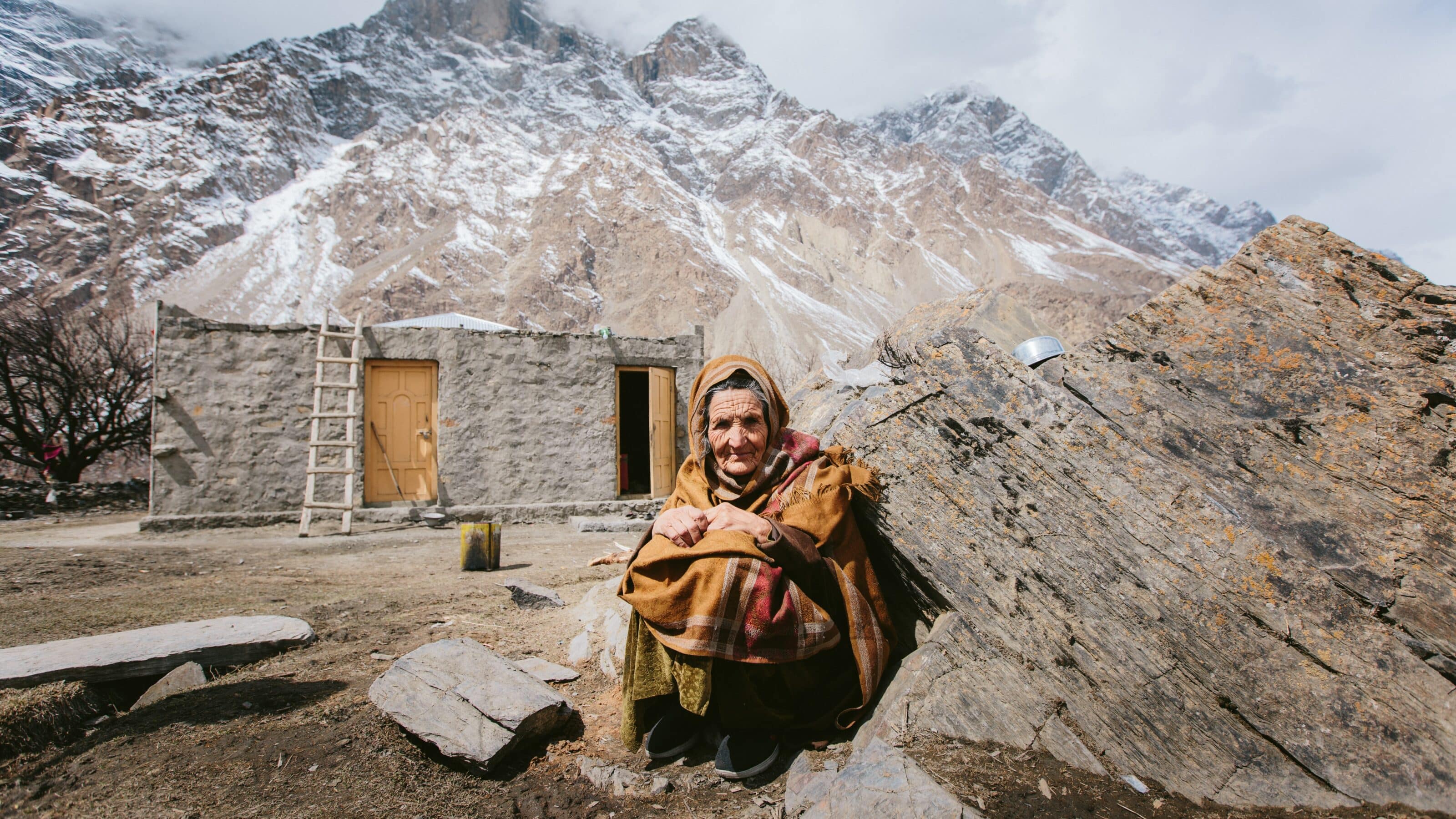
Old age has always been a rewarding topic for photography. Famous photographers like Yousuf Karsh or Irving Penn don’t try to conceal the stories and experiences a person has etched on their face. On the contrary, they accentuate these lines with subtle lighting to truly reveal a story. How can a photographer approach the topic of old age with sensitivity?
In my free-time and professional photography, I’ve worked with many elderly people. I photograph them not only in developed countries, but often in very remote places where tourists don’t usually go. I will try to share my experiences as a guide for grasping the topic of old age in photography and how to photograph a person who has lived through a lot.
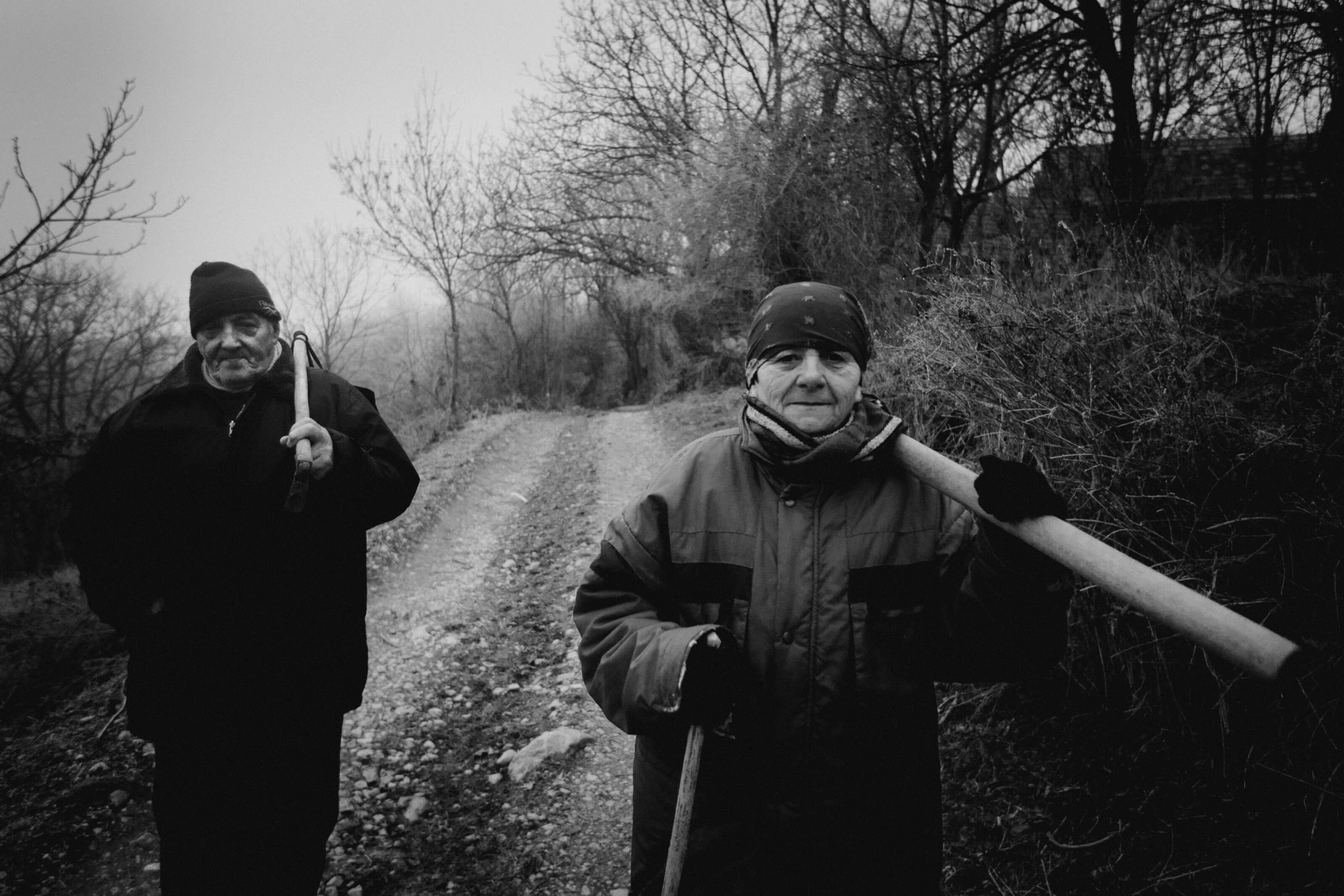
Classic portraits: talk and ask questions
Let’s take a look at classic portraits. Dialogue is my advice for portraits in general, but for older people, it takes on even greater importance. Communication is especially important if you are using artificial lighting and your subject is surrounded by lights and cameras. It is not uncommon to hear something like “Oh, there’s nothing to photograph here, find someone younger” at the beginning of a photoshoot. I always reassure older subjects that even wrinkles are beautiful and often more interesting than a face full of makeup.
Then, I try to guide the conversation to other topics—family, gardening, their home, and their interests. Elderly people are usually happy to chat about many topics and it helps them forget about the photoshoot. But be prepared for the whole shoot to end with them rejecting the photos. Don’t push the issue and respect their decision.
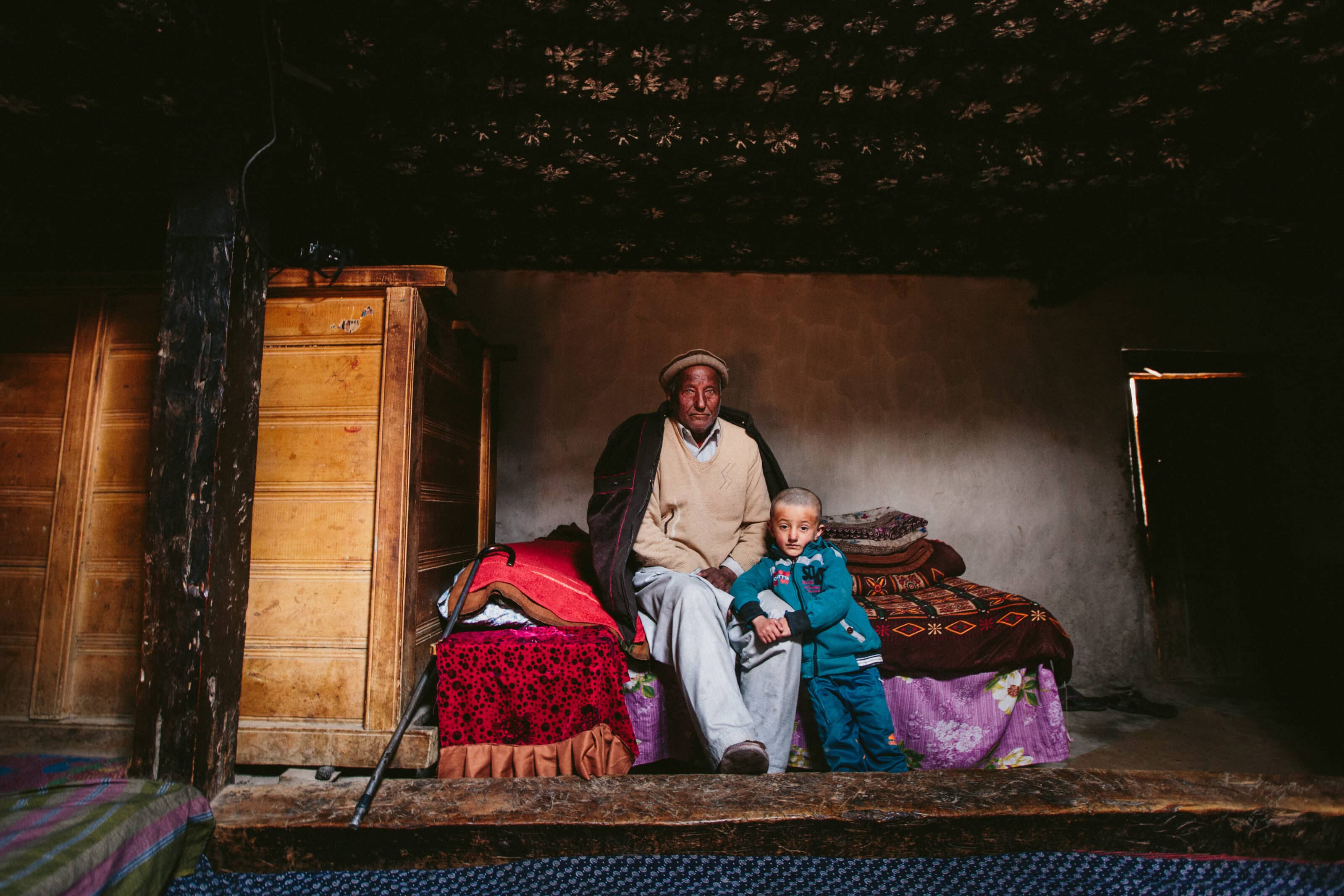
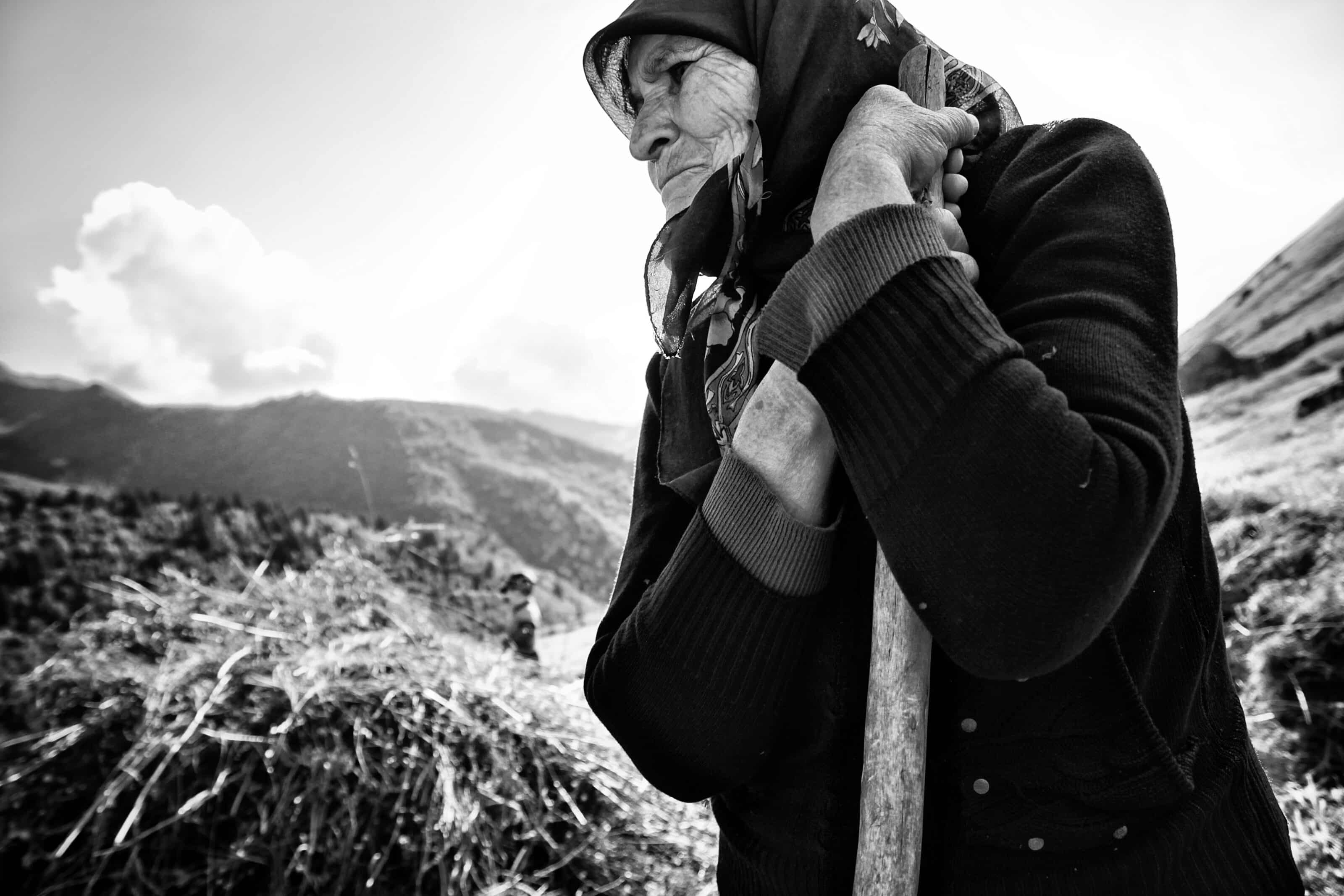
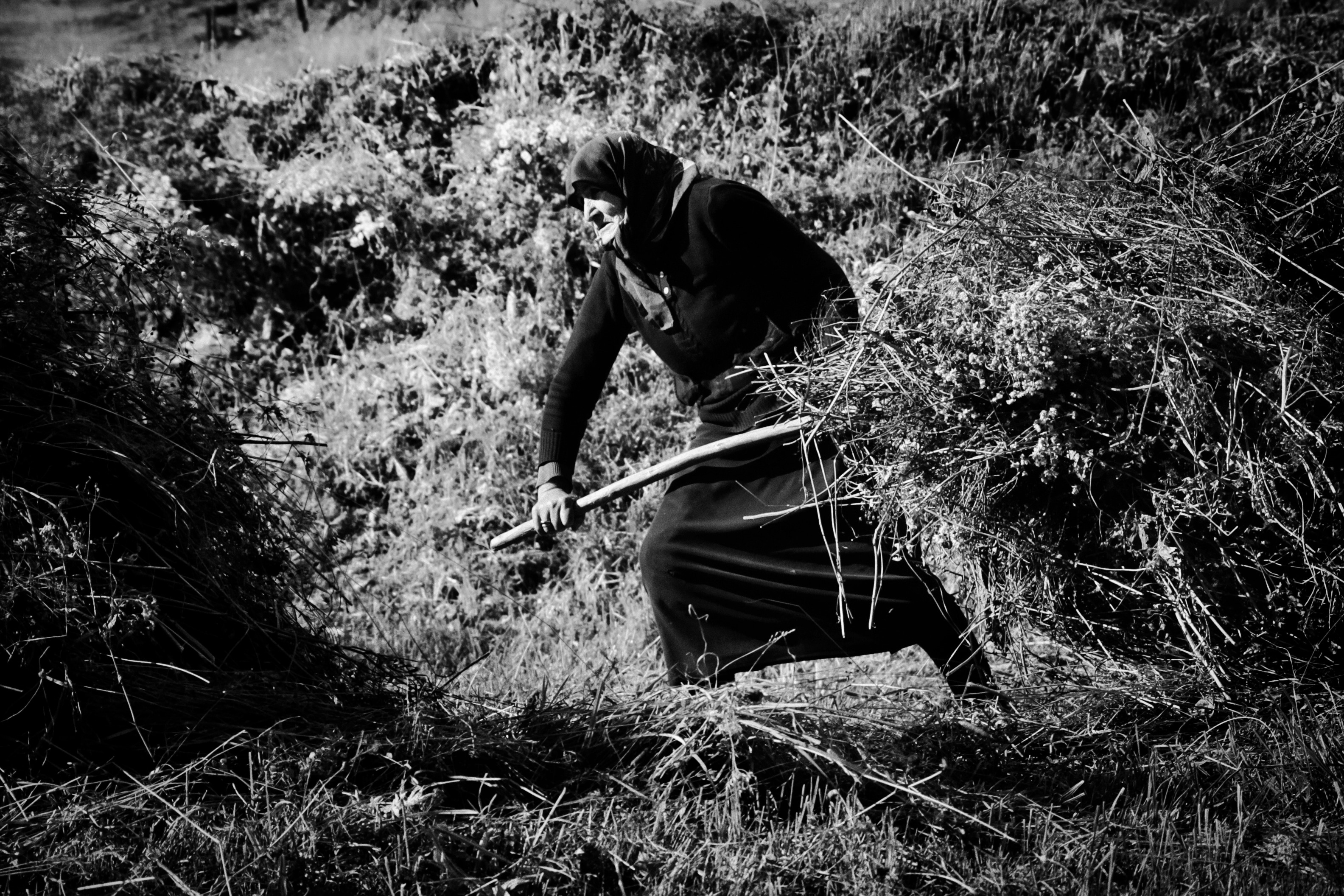
Lifestyle photography: Be discreet
Another option is to photograph an elderly person doing the activities they are used to doing. This takes us from a still portrait to lifestyle photography. This can result in a more natural and relaxed photo. Again, you need to communicate with your subject and ask questions.

It doesn’t hurt to let the subject be surrounded by family or pets they can interact with
However, this option is much more complicated than a classic portrait. This is because you must balance and take several factors into account—the subject’s expression, lighting, and the background.
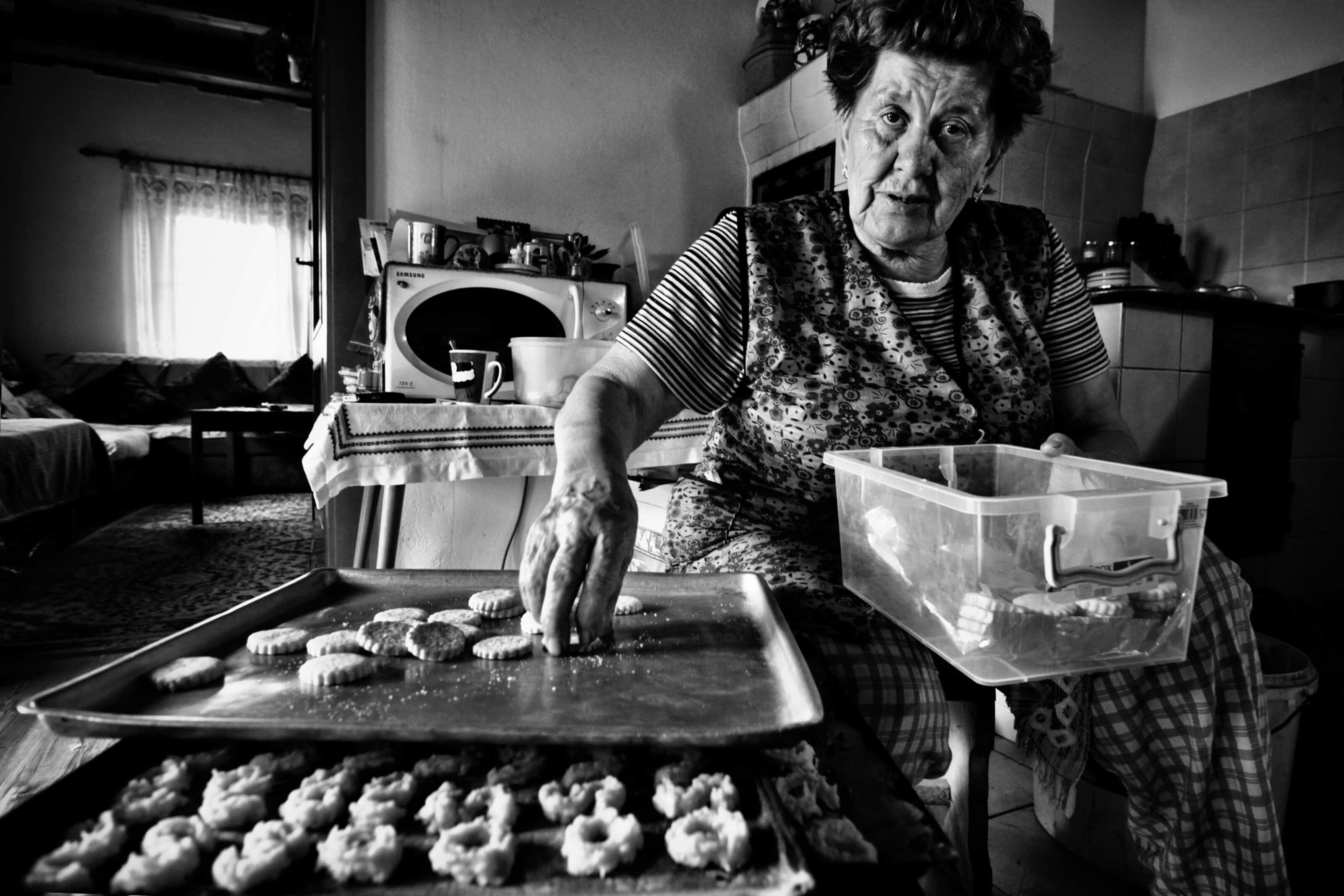
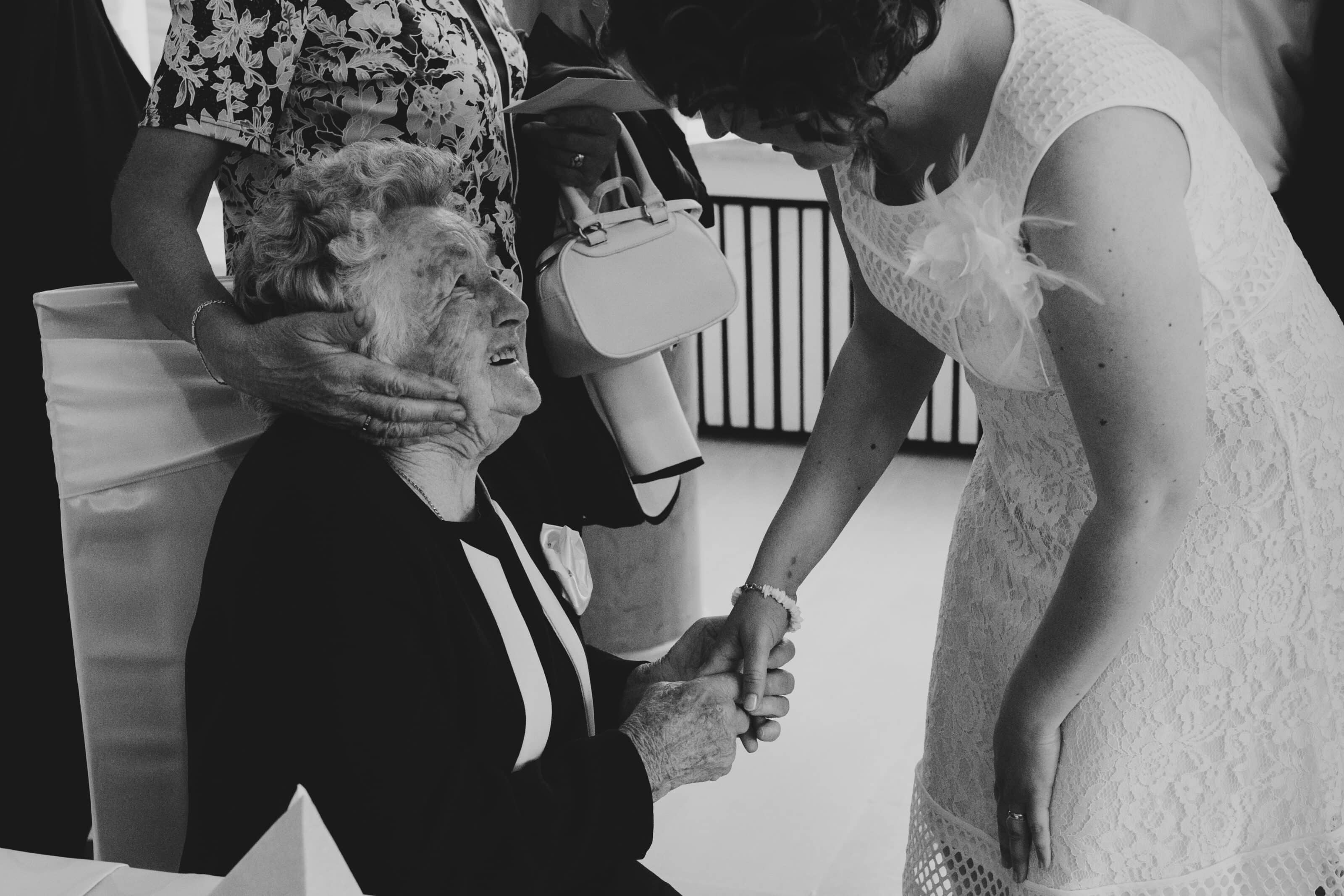
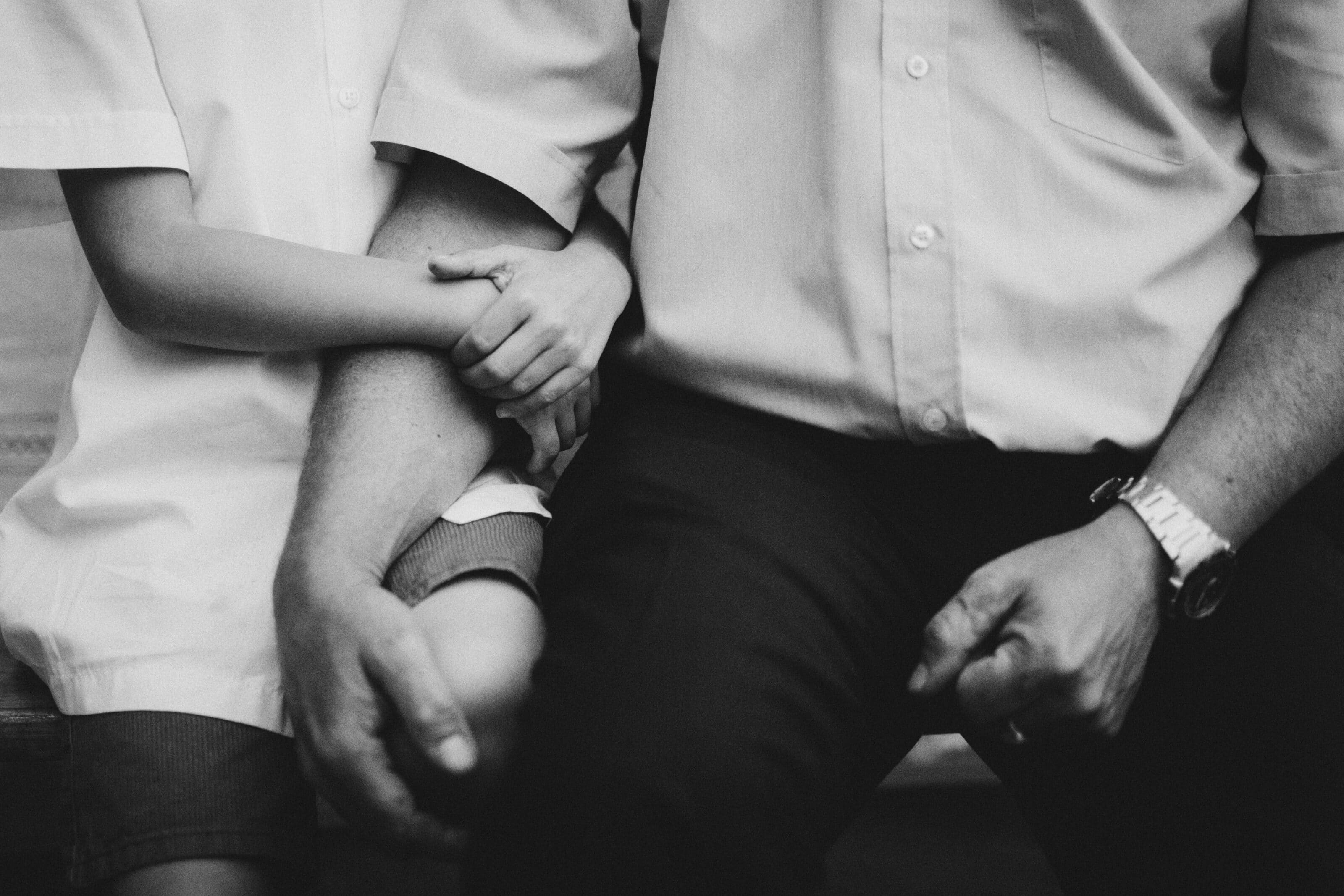
Always be respectful
Before taking any pictures of an elderly person, talk to them before you take out your camera. Ask them if there is anything they don’t want in the picture. Explain what you are taking pictures of, how, and why. This is important because many older people don’t keep up with developments in digital technology and may be worried about how their photos will be used. For this reason, always make sure they always feel comfortable and safe.


There are no comments yet.